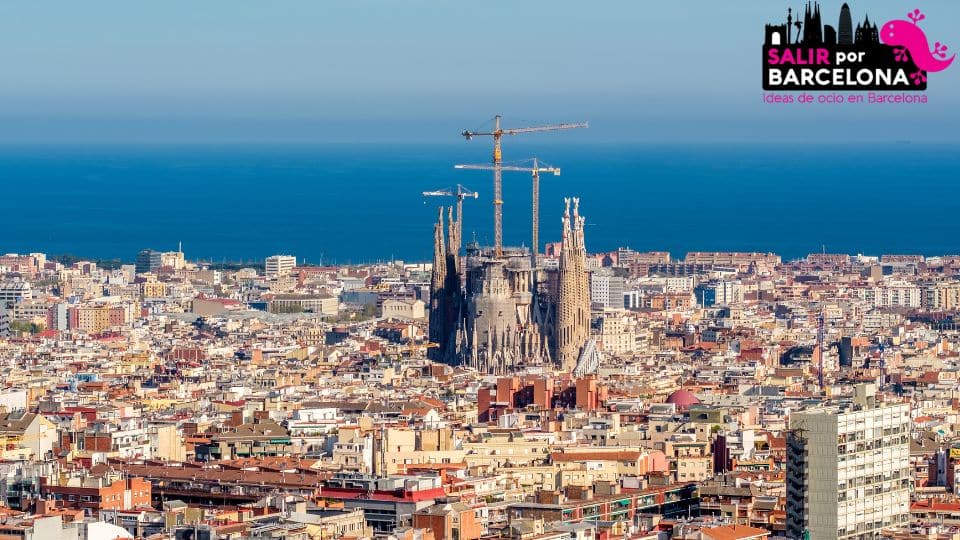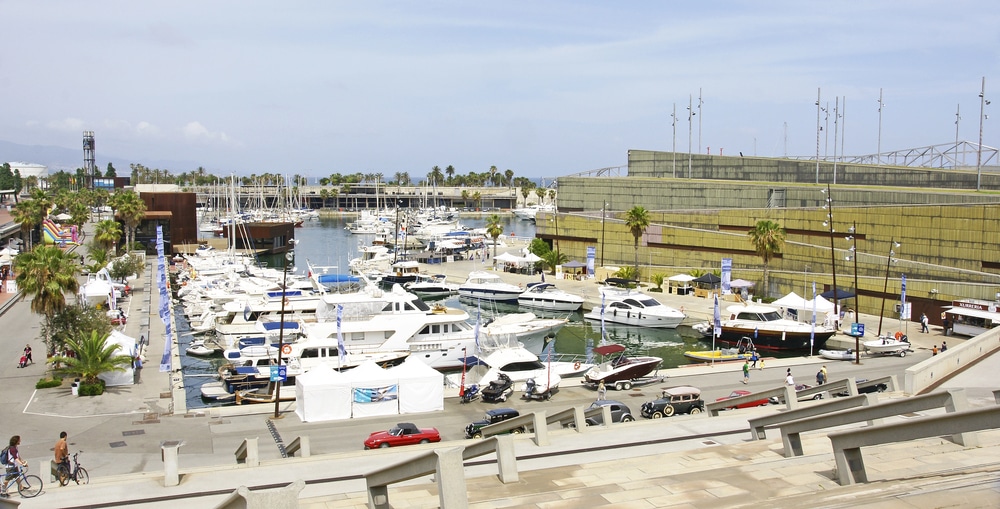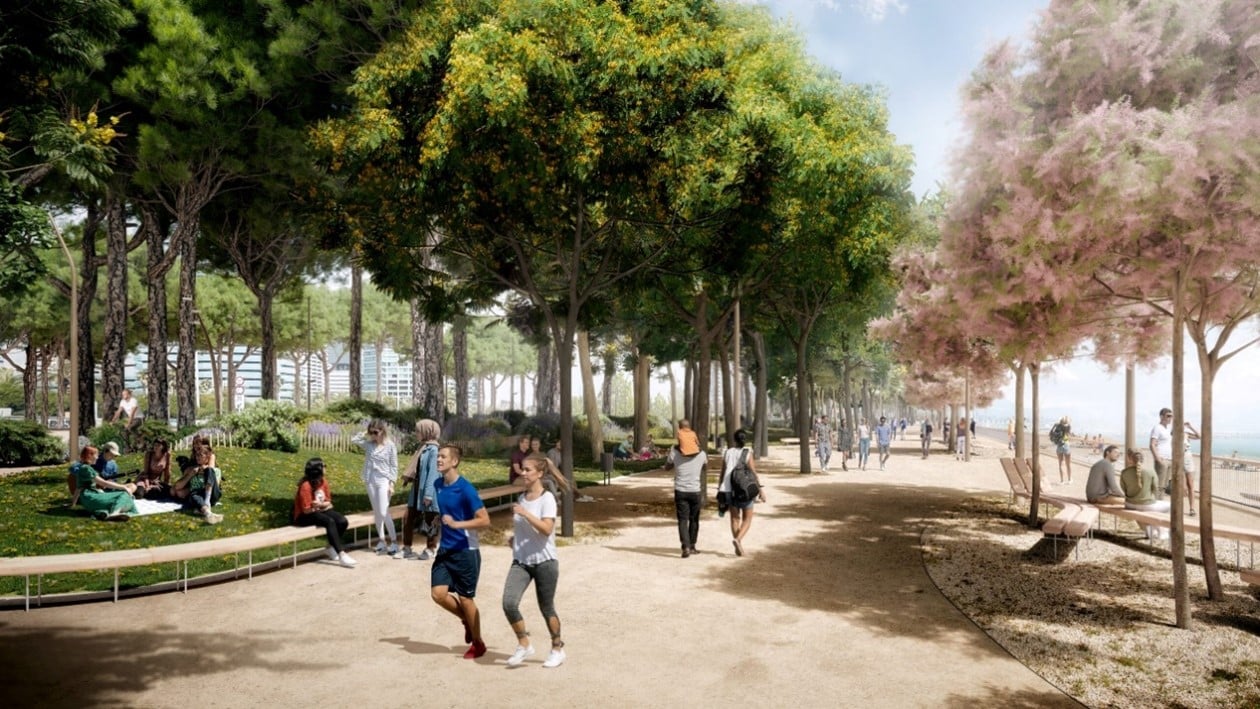Barcelona is a city that never stops evolving, and the results of the 2024 Municipal Services Survey make it clear that its population has changed significantly in recent years. Although many still have a traditional image of Barcelonians in mind, the reality is very different. Cars, telephones, housing and languages are some of the indicators that show a Barcelona that, as a result of the demographic revolution, has transformed its habits and characteristics.
 Farewell to the car: fewer and fewer Barcelona residents own their own vehicle
Farewell to the car: fewer and fewer Barcelona residents own their own vehicle
One of the most striking changes is the decrease in car ownership. The survey reveals that only 51% of those registered and 46% of households own a car. This trend has been on a clear downward trend for years. In 2000, seven out of every ten people in Barcelona owned a car, a figure that has decreased significantly over time. The impact of the pandemic accelerated this drop, but even after the economic recovery, the trend is still downward. This decline in car ownership is also linked to debates about mobility in Barcelona. Traffic restrictions are increasingly accepted by residents, who are in favor of measures to limit traffic in the city. However, this is not always welcomed by workers and visitors arriving from the metropolitan area, posing a challenge for coexistence between the two groups.
The decline of the landline: Barcelona goes mobile
Another significant change is in telecommunications. The landline telephone, which for decades was an indispensable element in any household, has fallen into disuse. Today, only 53% of households and 51% of residents have a fixed telephone. In 2004, this figure reached 90%, but the advent of cell phones and the rise of internet connectivity have completely displaced the old device. This change reflects a wider transformation: 92% of households and 95% of Barcelona residents have an internet connection, a figure that has grown exponentially over the last two decades. In 2000, only 23% of households and 20% of residents had internet access. The impact of the digital era on everyday life is undeniable, and Barcelona is no exception.
A more global and diverse Barcelona
Generational change and globalization have transformed the profile of Barcelona residents. According to the survey, only 36% of residents have lived in Barcelona all their lives, while another 35% have been in the city for more than ten years. This means that almost 30% of residents have arrived in the city in the last ten years, and 18% have arrived in the last five years. This phenomenon is not new: Barcelona has always been a welcoming city, but what has changed is the origin and length of stay of the new residents. The migratory waves of previous decades have been replaced by new generations of citizens seeking opportunities in the city, although many of them are pushed to leave due to the high cost of housing and inflation. This replacement process, although it has increased Barcelona’ s population in the last two years, has also generated a significant challenge: 27% of residents say they want to move to another location. Barcelona’s ability to retain both locals and newcomers will be crucial in the coming years.
The use of language: a reflection of transformation
The arrival of new residents and globalization have also had an impact on the use of languages in the city. Catalan, which for many years was the predominant language in Barcelona, has seen its use steadily decline. In 2024, only 34% of respondents say that Catalan is their usual language, a figure that has fallen by one point every year since the pandemic and by ten points since 2004. The use of Spanish, on the other hand, has grown very little. Currently, it is spoken as the preferred language by 56% of the residents, the same figure as a year ago. But what is really striking is the growth of other languages. In 2024, 8% of Barcelonans say that their usual language is neither Catalan nor Spanish, a significant increase from 4% in 2014. This change in language use is a direct reflection of the city’s demographic transformation. Without public policies to promote the use of Catalan, this trend is likely to continue in the coming years as Barcelona continues to attract new residents from around the world.
A city that has changed significantly
Today’s Barcelona is a city that has changed significantly in recent years. Long-time Barcelonians are no longer in the majority, and the population is made up of a diverse mix of new residents and long-time neighbors. Habits have also changed: fewer cars, more cell phones and almost total internet connectivity. This transformation poses significant challenges for the city, from mobility to population retention, and requires authorities to adopt policies that address these new realities. At the same time, Barcelona remains a vibrant and dynamic city, a melting pot of cultures and experiences that continues to attract thousands of people every year.



